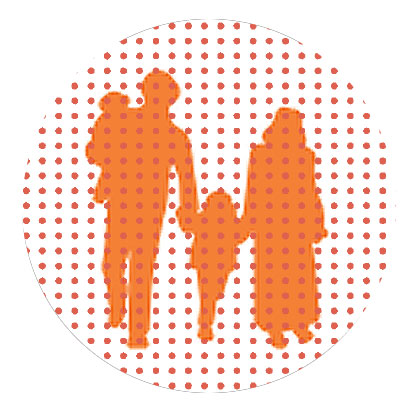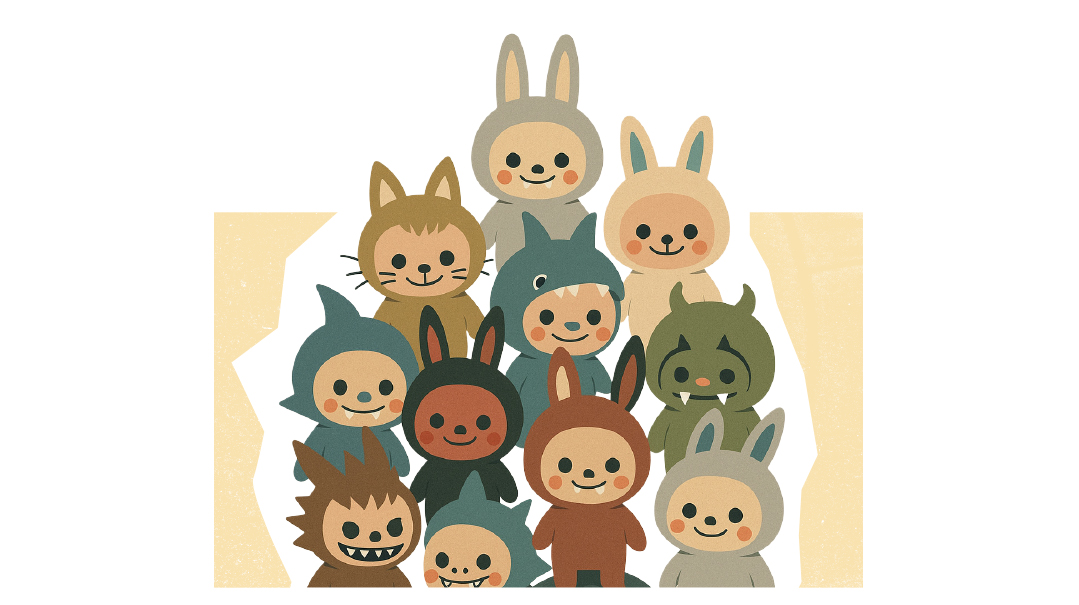Let Them

Using Mel Robbins’s “Let Them” theory can be life-changing

A
uthor and self-help guru Mel Robbins has a new book out: The Let Them Theory. It goes beyond the “Let Them” concept to the life-changing “Let Me” concept.
Robbins starts off explaining that a lot of self-induced misery occurs because we want other people to change. The refusal to accept others just as they are, doing whatever it is that they do, is a sure path to anger, helplessness, and unhappiness.
Of course, allowing people to treat us poorly is also a path to anger, helplessness, and unhappiness. But in many life situations, we’re not “allowing” anything; it’s just happening. For instance, if we go to the parking lot to retrieve our car and discover that some selfish person blocked our exit with their own car, we didn’t “allow” this to happen — it just happened (according to Robbins’s secular worldview). Ranting and raving about it gives power to the offender; we’ve allowed that person to raise our blood pressure, propel toxins throughout our bloodstream, and otherwise ruin our day.
The Theory
Robbins comes to the rescue with her Let Them Theory. You can’t stop other people from being insensitive, thoughtless, selfish, or anything else, she notes. Since we have no control over how other people think, feel, or act, we can recognize this and “let them” be themselves.
Robbins uses the metaphor of a seesaw to help us understand. Picture you and another person sitting on opposite ends of a balanced seesaw. When the other person treats you badly, your side of the seesaw hits the ground and their side is in the air. They have power over you. But when you “let them” be their unpleasant selves, then you’re up and they’re down — now you feel better about yourself and who you are, more confident and in control of your own life. It’s like you’re walking away from them, feeling superior and free.
Balanced
Robbins points out that while this tactic diminishes the harm caused by giving away your power, it produces an unhealthy and unbalanced arrogance. It’s defensive and obnoxious in its own way. This is where she introduces the second half of the Let Them Theory, called “And Let Me.” Moving on to the Let Me operation allows the seesaw to be balanced again, with you and the other person sitting on the same plane.
As Robbins explains, we don’t have power over other people, but we do have power over ourselves. Using that power to make positive choices puts us in an authentic position of control in our lives. Let’s say that Chavi notices that a sister-in-law she used to be close to hasn’t been calling. Before employing the Let Them Theory, Chavi would have stewed about this. “What’s with her? Why can’t she pick up the phone? I’ve helped her so much with her kids and now that she doesn’t need me for that anymore, she doesn’t bother to call? I see she’s out with her friends all the time, not too busy to maintain those relationships....”
Then, having read Robbins’s book, Chavi decides, “You know what? Let her do what she wants. It’s her life. If she doesn’t want me now, then when she does, good luck to her — I’ll be hard to find!” Now Chavi’s self-empowerment frees her from the helpless degradation of being dumped. She stops trying to control the sister-in-law and just lets her do her thing.
The problem, of course, is that her rise to power is fueled by toxic hostility. Chavi then does the next complementary step, which is, “Let me find a healthy way to take back control of my life.” This step invites the reader to stop blaming others and take initiative in making things happen. Does Chavi want a relationship with her sister-in-law? Yes. Then she can choose to act on her wish. She can reach out to the sister-in-law, make positive overtures, invite her for coffee and so on. She can reawaken their connection — or at least try to before deciding it can’t happen. If it can’t be saved, she can invest her energy in other good relationships.
The Let Them Theory is consistent with our Torah worldview. Hashem makes things happen and it’s our responsibility to respond the best way we can. We’re not running the world, we’re not in charge of making people act the way we want them to. We’re in charge of ourselves, our responses, and our choices. Let us use our power wisely!
(Originally featured in Family First, Issue 934)
Oops! We could not locate your form.



